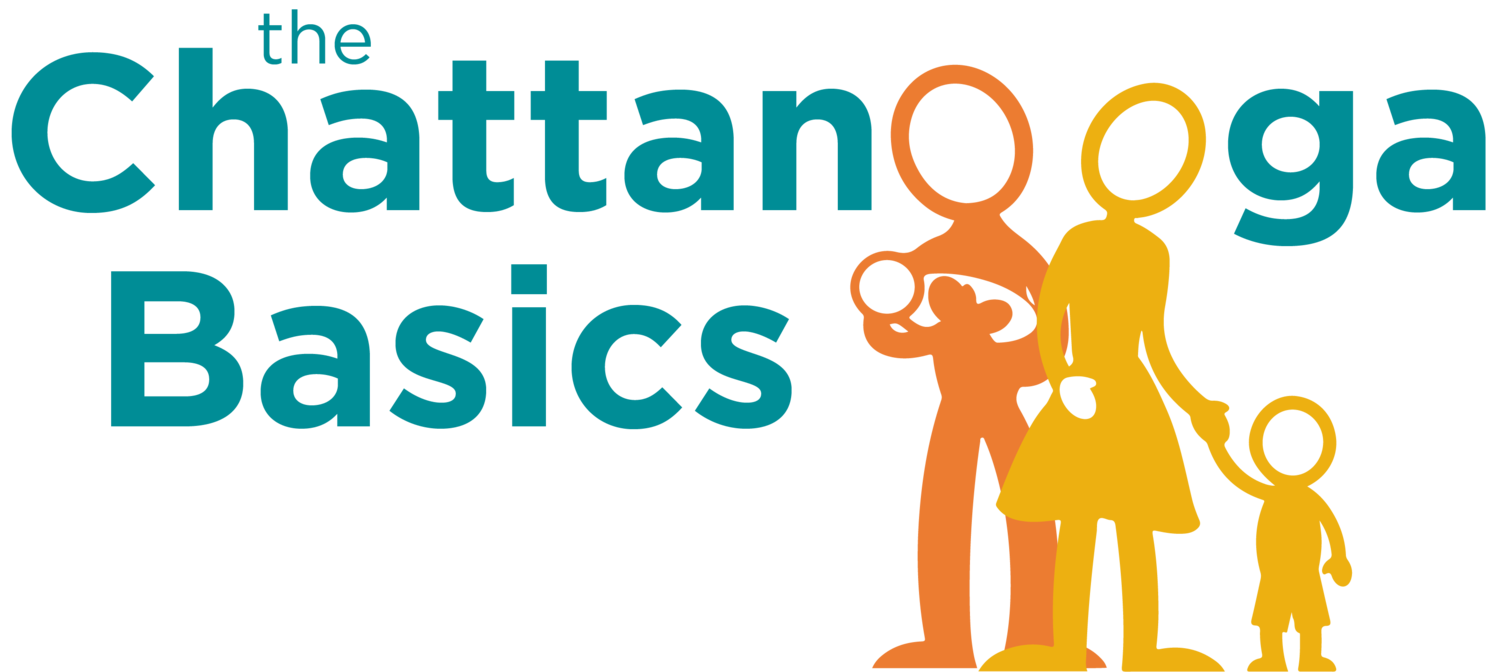WHY?
It is never too early to begin reading to your child—even babies enjoy it and benefit! Reading aloud from the very beginning is one of the most important things you can do to prepare your child to do well in school. Reading and talking to your child about the story builds their language skills and sparks their imagination. Reading, looking at books, or sharing stories is also a special time to snuggle up and connect. Reading together creates bonds and cherished lasting memories for parents and children.
TIPS ON HOW TO READ AND DISCUSS STORIES
INFANTS (0-12 MONTHS OLD)
READ REGULARLY Make book time part of your baby’s daily routine. They won’t understand for a while, but that’s okay. What is important is that they hear your words, see the pictures, and start to develop positive feelings about books.
KEEP IT SIMPLE If you can, choose books that are sturdy, short, and have simple, colorful pictures.
SNUGGLE UP Hold your child in your lap as you read so they can see the pictures and feel cozy.
DESCRIBE THE PICTURES With infants, you don’t need to read the words on the pages. Instead, describe what is happening in the pictures. Talk about the colors, shapes, and what the characters are doing. Point to the page when you do this.
SPEAK WITH EXPRESSION Use an exaggerated voice to make it more interesting!
ACTIVELY INVOLVE THEM As your baby develops coordination, involve them more in the reading experience. Let them hold the book or turn the pages.
FOLLOW THEIR LEAD Let your child guide the reading experience. When they start to loose interest, try another book or stop reading. Not being forced to keep going will keep them excited about reading!
TODDLERS (12-36 MONTHS OLD)
COMMIT TO READ EVERY DAY Try to set aside 15 minutes every day to read together. Get books from your local library.
WARM UP Before you open the book, check out the cover. Read the title. Look at the picture. Ask your child what she thinks the book might be about.
READ AND DISCUSS Your toddler will learn the most if you have discussions while you read. Respond to their comments and questions about the story. Ask questions that get them thinking. “Why is the boy sad?” “What do you think is going to happen next?”
HELP THEM FOLLOW ALONG Point to the words and pictures. This helps your toddler understand how reading works. For example, we read from left to right on the page.
USE EXPRESSION Use your best reader’s voice! Trying different voices for different characters is fun.
ENJOY THE PICTURES Talk about what is happening in the pictures. You can talk about the colors and shapes you see or what the characters are doing.
DON’T BE TOO SERIOUS Make it fun! Your toddler may want to turn the page before you’ve finished it. If they can’t sit still for the whole book, that’s okay.
SET A GREAT EXAMPLE If toddlers see grownups reading and know that they enjoy it, they will learn that reading is a fun and important part of life.



